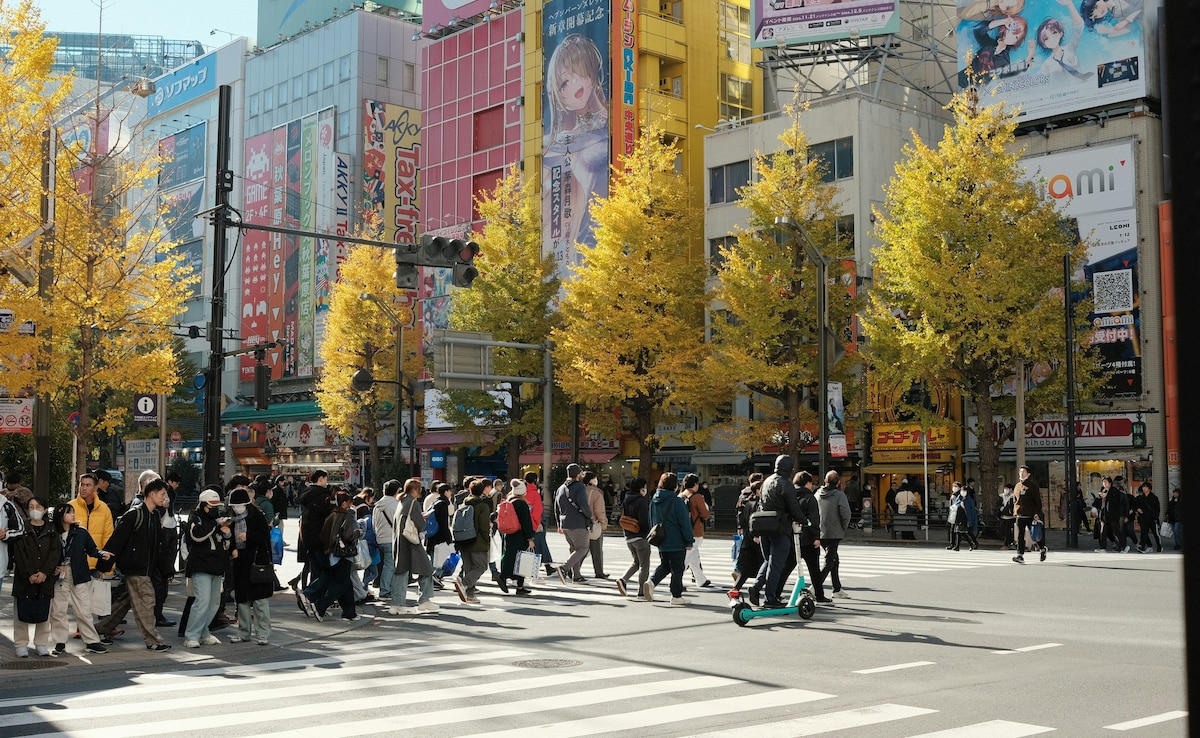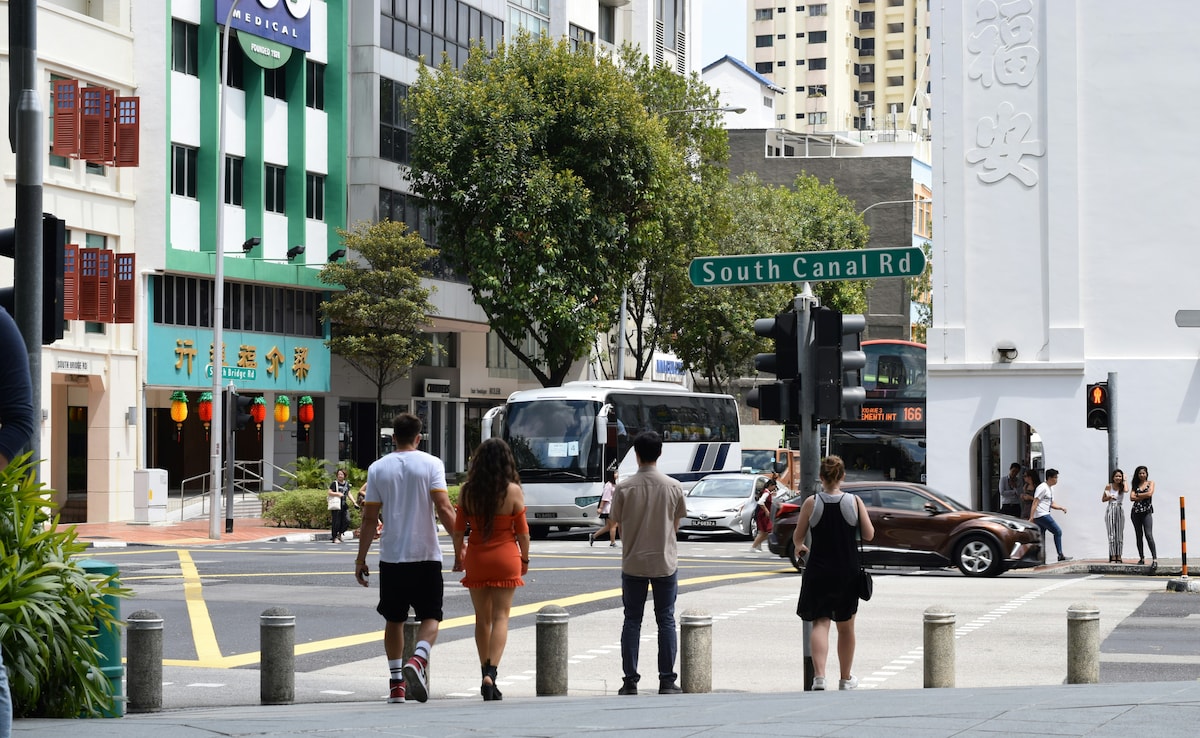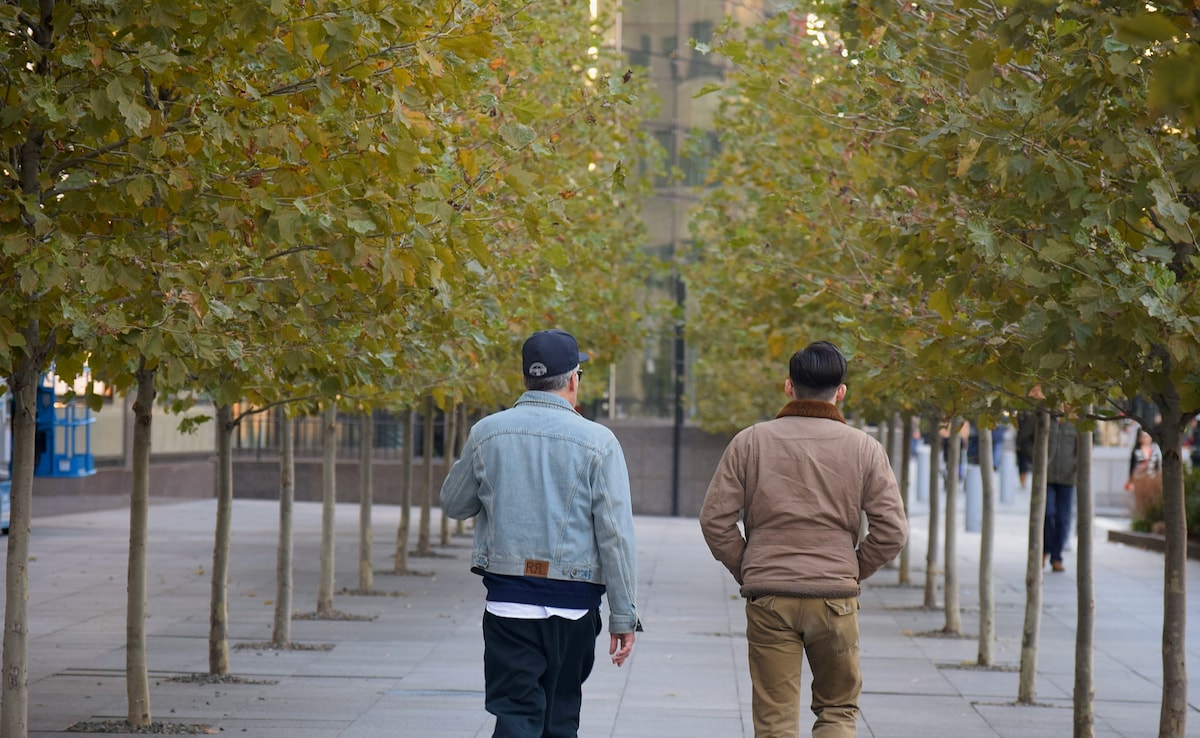
- How cities are built to either invite or discourage walking.
- By understanding what makes a city walkable, we can appreciate it better.
- Here are six reasons why some cities are more walkable than others.
Have you ever visited a city and found yourself strolling effortlessly from cafe to museum to park, without a second thought? And then, in another city, even walking one block feels like a chore? The difference lies not just in distance - it's in design, infrastructure and how cities are built to either invite or discourage walking. By understanding what makes a city walkable, we can appreciate the thought and planning that goes into creating these spaces. Here's a breakdown of why some cities feel so much more walkable than others:
Also Read: What Is Germany's Freelance Visa And Why It Matters To Indian Travellers
Here Are 6 Reasons Why Some Cities Feel More Walkable Than Others:
1. Human-Scale Design
Cities that feel walkable are often designed at a 'human scale', with features like narrow streets, low-rise buildings and inviting public spaces. These elements create a pedestrian-friendly environment, where people can stroll without feeling overwhelmed by traffic. In contrast, cities dominated by high-rise buildings and highways can make pedestrians feel small and disconnected.

Photo Credit: Unsplash
2. Mixed-Use Neighbourhoods
Walkable cities blend residential, commercial and recreational spaces. That means you can leave your home, grab coffee, run errands and unwind in a park - all without needing a vehicle. In less walkable cities, however, zoning laws often separate these functions, forcing people to rely on cars even for small tasks.
3. Good Sidewalks And Street Furniture
Well-maintained sidewalks may not sound exciting, but they make or break walkability. Add to that crosswalks with signals, benches to rest on and street lights for food visibility. Suddenly, a simple stroll becomes enjoyable. Cities that invest in pedestrian infrastructure are making a conscious choice to prioritise people over cars.
4. Traffic Calming Measures
Speed bumps, narrower lanes and lower speed limits all slow down vehicular traffic. This not only prevents accidents but also makes streets less intimidating for walkers. European cities often excel at this. In many European cities, entire neighbourhoods are designed so that walking and cycling feel easier than driving.

Photo Credit: Unsplash
5. Climate Also Plays A Role
Weather can make or break a city's walkability! Sunny skies and gentle breezes invite strolls, while scorching heat or pouring rain can send people running for cover. Cities with perfect climates become pedestrian paradises, where walking is a joy. Who wouldn't want to stroll through a city that's just right?
6. Interesting Streets Keep You Going
Ever noticed how much longer you're willing to walk when there's something to look at? Street art, shop windows, historical buildings, performances, and even the smell of fresh food from a stall - they all make walking an experience, not a task.
Also Read: What Is The GCC Grand Tours Visa That Will Allow Travel Across 6 Gulf Countries

Photo Credit: Unsplash
What Are The Most Walkable Cities In The World?
According to a ranking compiled by the price comparison platform Compare the Market, here are the top 5 most walkable cities in the world as of 2025:
- Munich, Germany
- Milan, Italy
- Warsaw, Poland
- Helsinki, Finland
- Paris, France
Whether you're a traveller exploring new streets or a resident choosing where to live, walkability might just be the one feature that changes how you feel about a place.
Track Latest News Live on NDTV.com and get news updates from India and around the world

